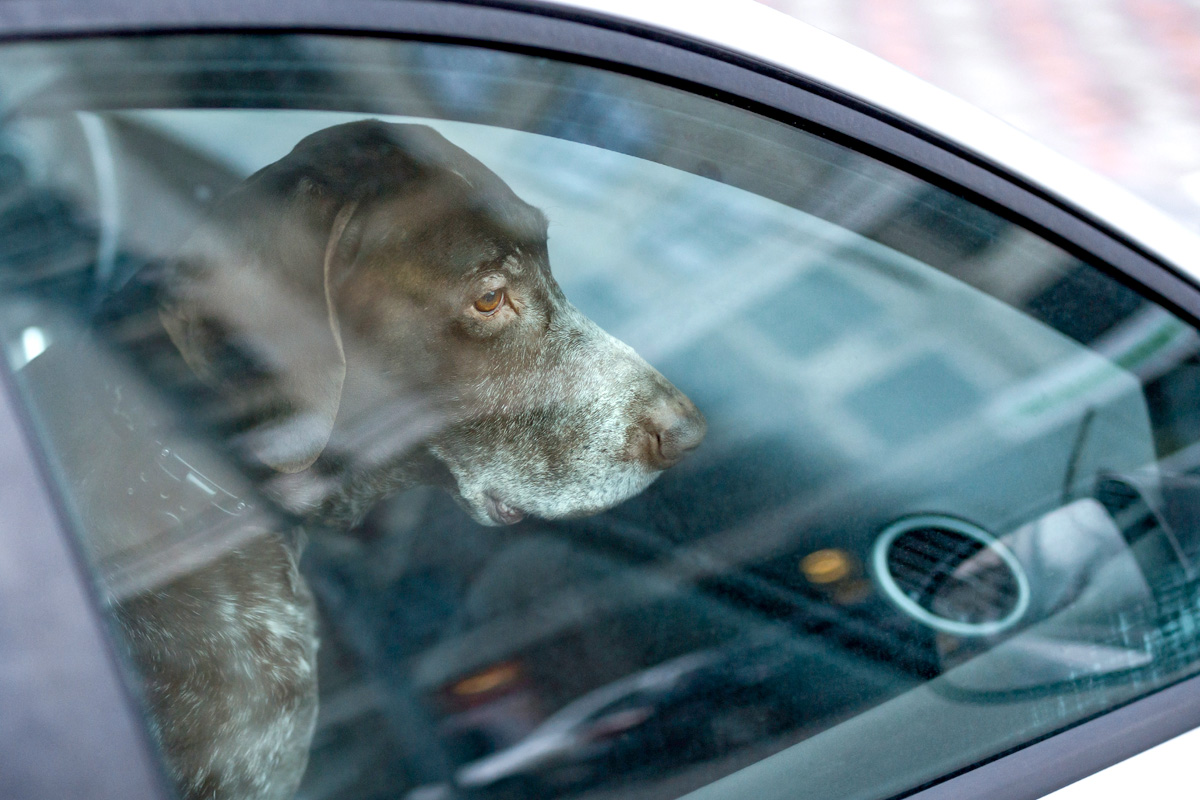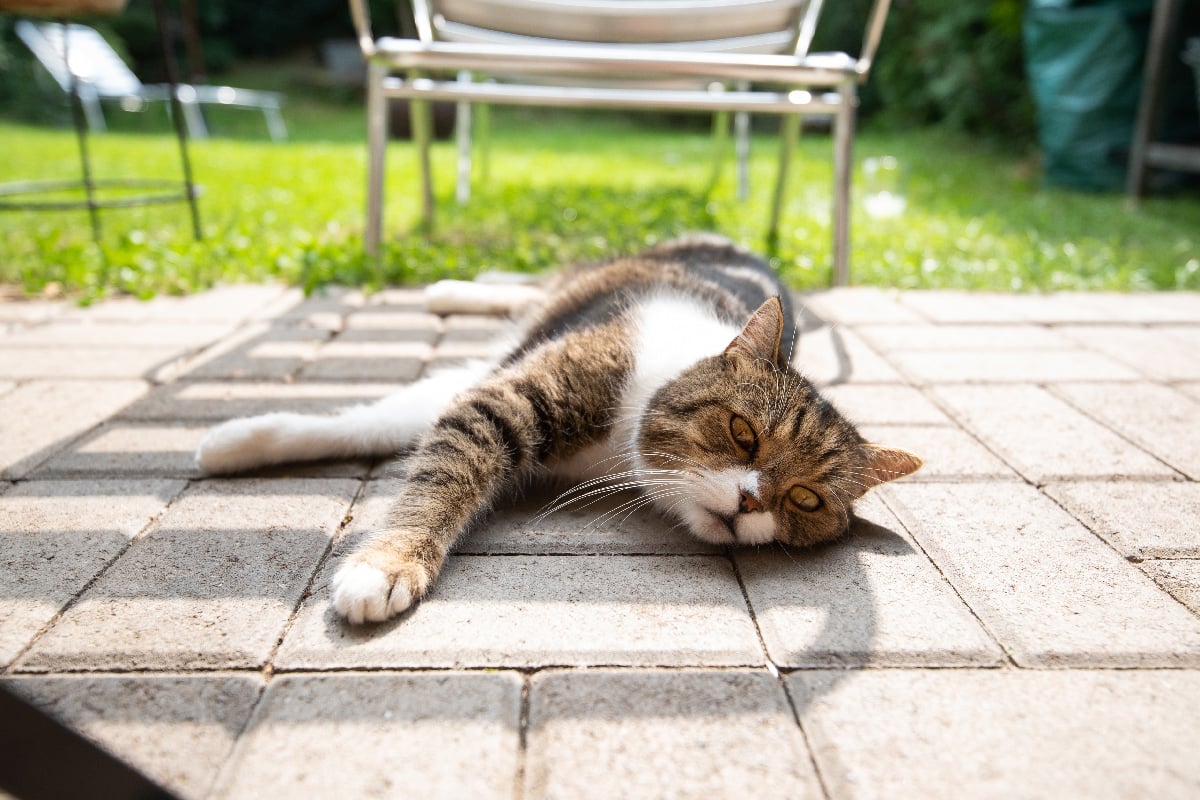As the summer heat intensifies, the risk of heat stroke in our pets becomes a significant concern. Heat stroke can occur quickly and can lead to serious consequences if not promptly recognized and treated, including dehydration, organ failure, neurological damage, and even death. That is why it’s so important to know the signs that your pet is in distress and how to help them quickly.
Heatstroke (hyperthermia) is also known as overheating or heat exhaustion. It can overtake your pet when their body temperature rises above 103°F. Dogs and cats can’t cool off their body by sweating the way that we do. That makes them more vulnerable to heat-related conditions. If warning signs aren’t recognized immediately, heatstroke can be fatal.
Recognizing the signs of heat stroke can be crucial for early intervention. Here are the most common symptoms to look out for:
- Excessive Panting: While panting is normal for pets, excessive and prolonged panting indicates overheating.
- Drooling: Excessive drooling, particularly if the saliva is thick or sticky, is a common sign of heat stroke.
- Lethargy and Weakness: If your pet appears unusually tired, weak, or uncoordinated, it could be heat exhaustion.
- Vomiting and Diarrhea: Heat stroke can cause gastrointestinal distress, leading to vomiting and diarrhea.
- Rapid Heart Rate: An elevated heart rate is another indicator of heat stress.
- Collapse or Seizures: In severe cases, pets may collapse, experience seizures, or even lose consciousness.

NEVER LEAVE YOUR PET IN A CAR, even if it doesn’t seem hot outside. Temperatures in your vehicle can rise extremely quickly, and can kill pets rapidly.
Should your dog or cat begin to exhibit signs of heatstroke, offer a drink of cool—not cold—water. You can also use cool water to wet your pet’s fur, focusing on areas like the belly, paw pads, and around the ears. You can also place cool, wet towels on these areas. Take care to cool them down gradually, as you don’t want to trigger dangerous blood pressure changes. You should also try to move them to a cooler area, or provide shade with an umbrella or canopy.
Your pet’s body temperature should decrease and they should begin to improve in 10 minutes. Stop cooling efforts when the body temperature reaches 102.5 degrees to prevent them from becoming too cold, as their temperature will continue to drop.
It’s important to remember, even if your pet seems to recover, it’s essential to seek veterinary attention immediately to determine if there is any internal damage from heat stroke.

It is also important to take steps to prevent heat stroke and always keep our furry friends safe and cool in the hot summer months. Here are some tips to consider:
- Provide Adequate Shade and Water: Ensure your pet always has access to shade, whether they’re indoors or outdoors. Additionally, keep multiple bowls of fresh, cool water available at all times.
- Exercise During Cooler Hours: Schedule walks and outdoor playtime during the cooler parts of the day, such as early morning or late evening. Avoid strenuous activities during peak heat hours. Pay attention to weather forecasts and heat advisories. Plan activities accordingly to avoid exposing your pet to extreme heat.
- Know Your Pet’s Limits: Some pets are more susceptible to heat stroke than others, especially brachycephalic (short-nosed) breeds, elderly pets, and those with medical conditions. Be mindful of their limitations and adjust activities accordingly.
- Use Cooling Aids: Consider using cooling mats, vests, or bandanas designed for pets. These products can help regulate their body temperature and keep them comfortable.
- Grooming Matters: Keep your pet’s coat well-groomed to help them better regulate their body temperature. However, be cautious with shaving, as a pet’s coat also provides insulation against heat.
- Emergency Preparedness: Have a plan in place in case of emergencies. Know where the nearest veterinary clinic is and have their contact information readily available.


